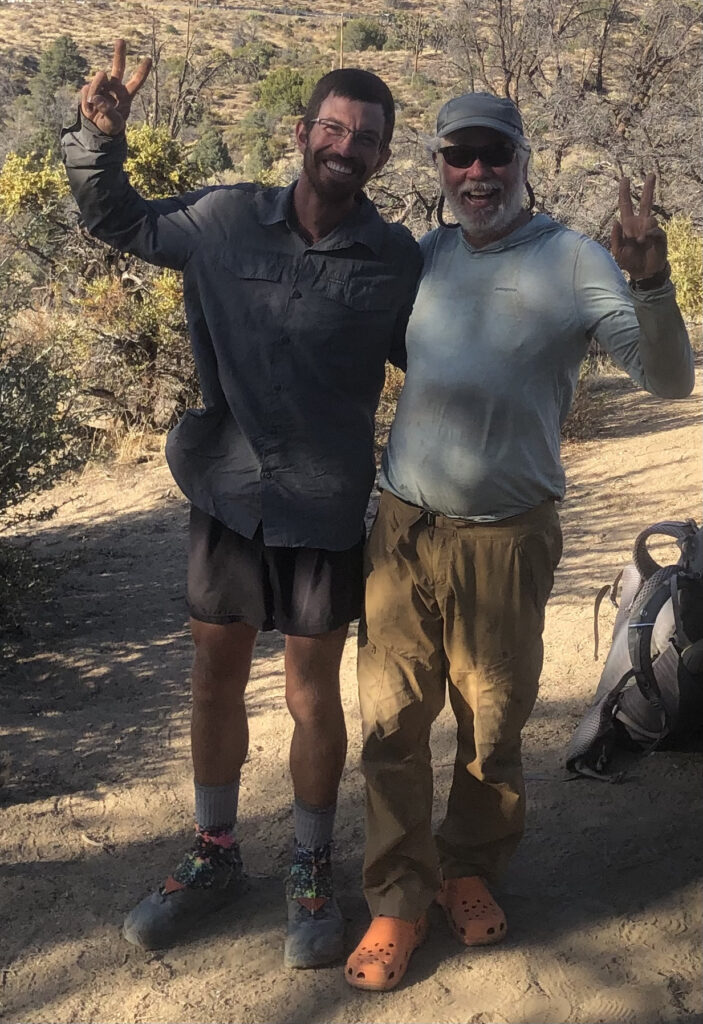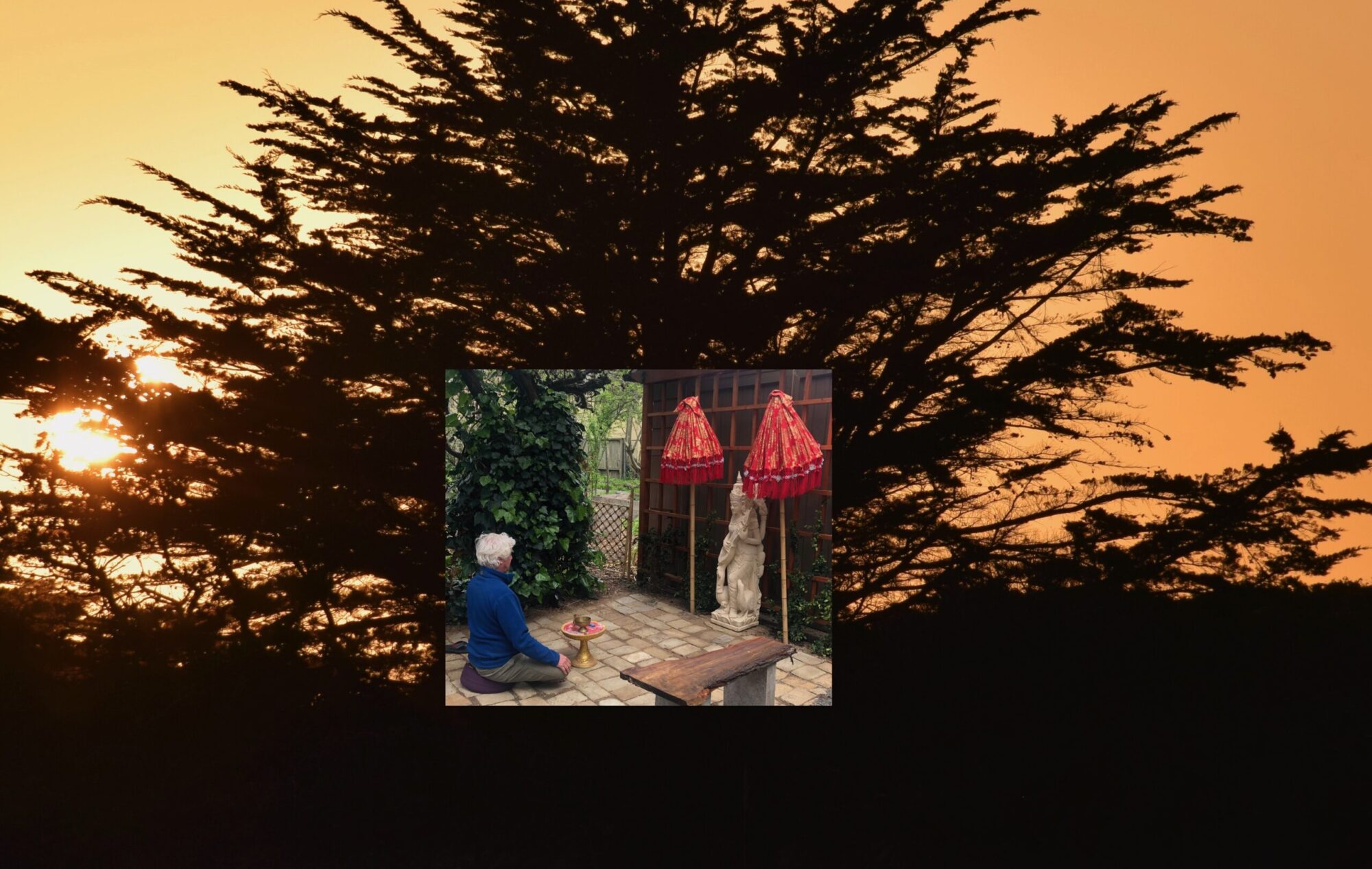
It takes grit to walk 702 miles in the desert from Campo to Kennedy Meadows. There are long climbs up rugged mountains, rattlesnakes, cactus waiting to stab you, scarce water holes, rattlesnakes, blisters…Did I mention rattlesnakes?
But it toughens you up. Most people who complete the desert section, go on to finish the entire 2,650 miles of the PCT. It’s a challenge for anyone. My friend Bounce surmounted all of these obstacles, but he has one hurdle that no one else on the trail must face. Last year he was diagnosed with a debilitating disease that slowly causes his toes and feet to contract, like the hand deformity Viking’s disease. The doctor said over time he would lose the ability to walk. Bounce’s first question: Can I hike the Pacific Crest Trail? “Do it sooner rather than later,” the doctor answered. He talked to his wife and got the go-ahead to hit the trail this year.
Bounce is a quiet guy. He often camps by himself in the desert rather than at designated campsites. I had met him several times on the trail, but we had never really talked much until we both camped one night at Walker Pass. We shared a picnic table, and he told me about his disease, and the pain he endures every day on the trail. He was looking forward to seeing his wife and kids who were coming to meet him at Kennedy Meadows, a three-day walk from there. When he learned that I was one meal short on this stretch, he insisted I take one of his ramen packets.
I asked him why he wanted to walk the PCT. He said it had been a life-long dream, and intimated that it was a way for him to take back control of his body from the disease. He was willing to pay the price for his decision to hike, which was constant pain.
I don’t know who gave him the trail name Bounce, but it’s brilliant. Bounce is short for Bounce Back…from adversity. It’s an important mindset for all PCT hikers because we have lots of obstacles to overcome. Bounce is showing us the way with courage, determination, and a heart bigger than the Sierras.
Safe travels brother.
